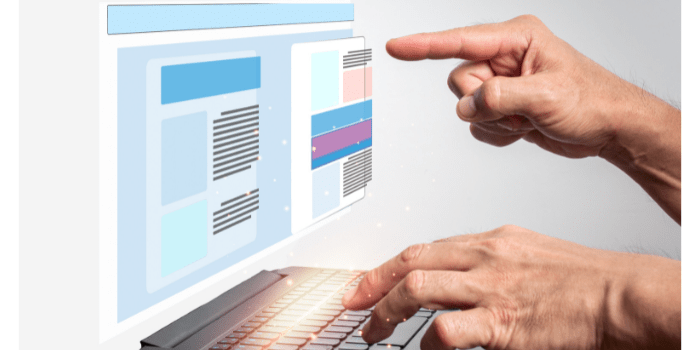There have been quite a few changes to Human Resources management in the last couple years.
With the aftershock of COVID-19, HR teams have had to find ways to adapt management processes to provide what employees expect, including remote working.
A vital part of this evolution have been HR automation tools.
To help HR managers better prepare for the second half of the year, the Virtus Flow team has decided to answer the ten most commonly asked questions about HR automation software.
This will help HR departments better understand the state of HR automation tools and provide valuable insights on the newest trends every business should be preparing for.
What is HR automation software?
Human Resources automation is the use of software to automate and streamline laborious and repetitive tasks to aid an HR department in managing personnel.
By freeing up time, HR teams can increase productivity and add value to the company by working on more complex tasks, such as strategizing and making data driven decisions.
DID YOU KNOW? HR managers lose 14 hours per week on tasks that could be automated.
What are the benefits of HR automation?
Even though there are many benefits to adopting HR tools, gaining the ability to eliminate time consuming manual tasks is the most important one.
This gives HR departments more time to focus on vital tasks that support the overall success of the organization.
A few other benefits of adding an HR software solution into your tech stack are:
-
- Improving the employee experience
- Streamlined processes, such as hiring and employee onboarding
- Better security practices
- Better data analysis to create better practices
- Transparency and consistency across departments
- Process standardization
- Simplified attendance tracking & performance management
When HR managers automate HR processes, they cut the time spent on their daily tasks and feel empowered to focus on other activities that benefit the entire company.
Can I automate HR Onboarding?
You certainly can and this is how you can do it.
Access the Employee Onboarding Template!
There are many available HR solutions that help HR departments automate the onboarding process end-to-end processes.
Through the right workflow automation, human resources can rely on software to:
-
- Promote job openings
- Filter through the right candidates
- Schedule interviews and share internal documentation in one place
- Make a job offer
- Run background checks and store key documents
- Onboard new employees
- Allocate and manage benefits
- Create permissions for new employees
- Ask for feedback
- Train and support new employees, and so much more.
What HR processes can I automate?
Some of the HR tasks you can automate include:
-
- Administrative tasks through standardized forms
- Payroll, salary changes, and compensation updates
- Benefits packages, recognition perks, employee self-service benefit services, and employee discounts
- Email reminders and responses
- Recruitment, filtering through the right candidates, and gathering all key documentation before making an offer
- Employee onboarding
- Talent management through digital training that helps prevent employee turnover
- Employee offboarding and scheduling of exit interviews
- Timekeeping by automating timesheets and invoicing
- Storing and sharing employee records
- Expense reimbursement
- Asset allocation.
- PTO and more.
» See our HR Process Templates.
What makes a good HR automation tool?
If you’ve been reading our blogs for some time, you know what we always say about automation software.
The best platform is the one that works best for your organizational goals and needs.
When it comes to HR management software, however, there are key features that you should look for before signing a contract.
The top ones include:
-
- Easy no-code customization to add or remove fields, declare rules, conditions, and approval steps
- Ability to create documents from information entered in your forms
- Integration with other applications within your tech stack, like DocuSign
- Tracking, assigning, and editing assets
- Automation of requests, forms, applications, surveys and more
- Access level controls
- Audit trails, etc.
» Also read: 4 HR Tools HR Professionals Need to Know About
How to automate HR processes?
Every platform has different functionalities as to how to update each process. However, they mainly follow the same pattern:
-
- Select a form template or create your own
- Create a workflow based on rules, approvals, routing and notifications
- Automatically generate and share documents
- Test and deploy your workflow
If your solution of choice offers easy drag-and-drop customization, workflows can be built in as little as minutes.
See how to automate you HR processes in minutes!
What to consider when automating HR processes?
For your HR automation platform to provide transformative value and a rapid ROI, it’s important to consider the key challenges that you’re looking to solve.
A good way to approach this is by answering these key questions:
-
- Is our human resources department well connected with other LoBs?
- Does the department work with information from multiple sources and applications?
- Is the HR department working with multiple processes at any given time?
- Could the HR team benefit from automated documentation and out-of-the-box templates?
- Do we have an internal employee portal that HR regularly references?
- Do we have a remote team that requires access from any device at any time?
Addressing these questions will help you understand your company needs and better select a solution that will work for and with you.
Another Must-Do is your process mapping, as it will help you to identify bottlenecks, deficiencies and improvement opportunities.
» If you need help, this is how to map your processes.
Must Do's in any Process Automation Project
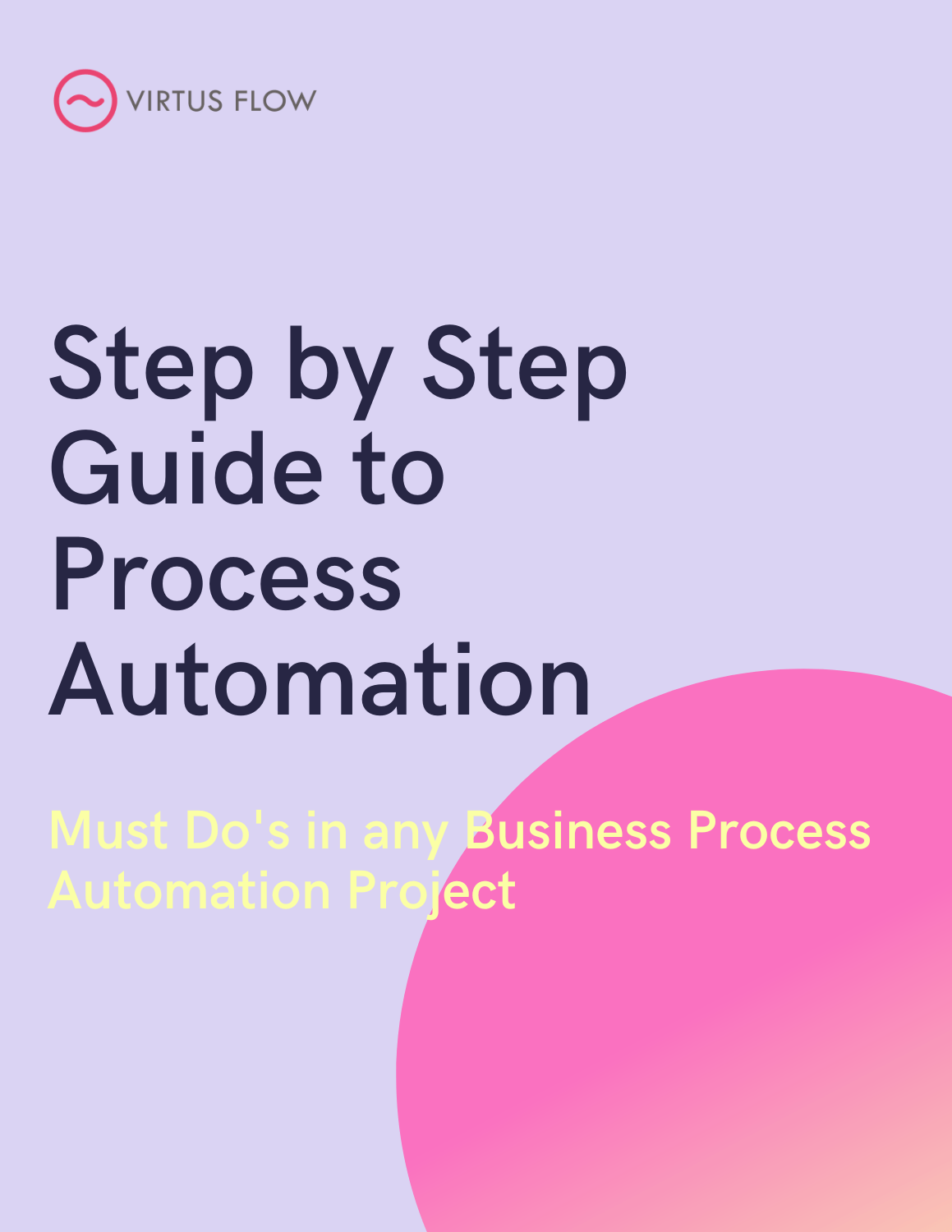
How to automate data entry?
Data entry is a significant part of a human resources representative’s day, which is why employees are relying on automating their manual entry work and implementing technology to reduce human error and save time and money.
A very easy way to do so is by passing this responsibility to the end user, for example, the new employee, who needs to share his information with you anyways.
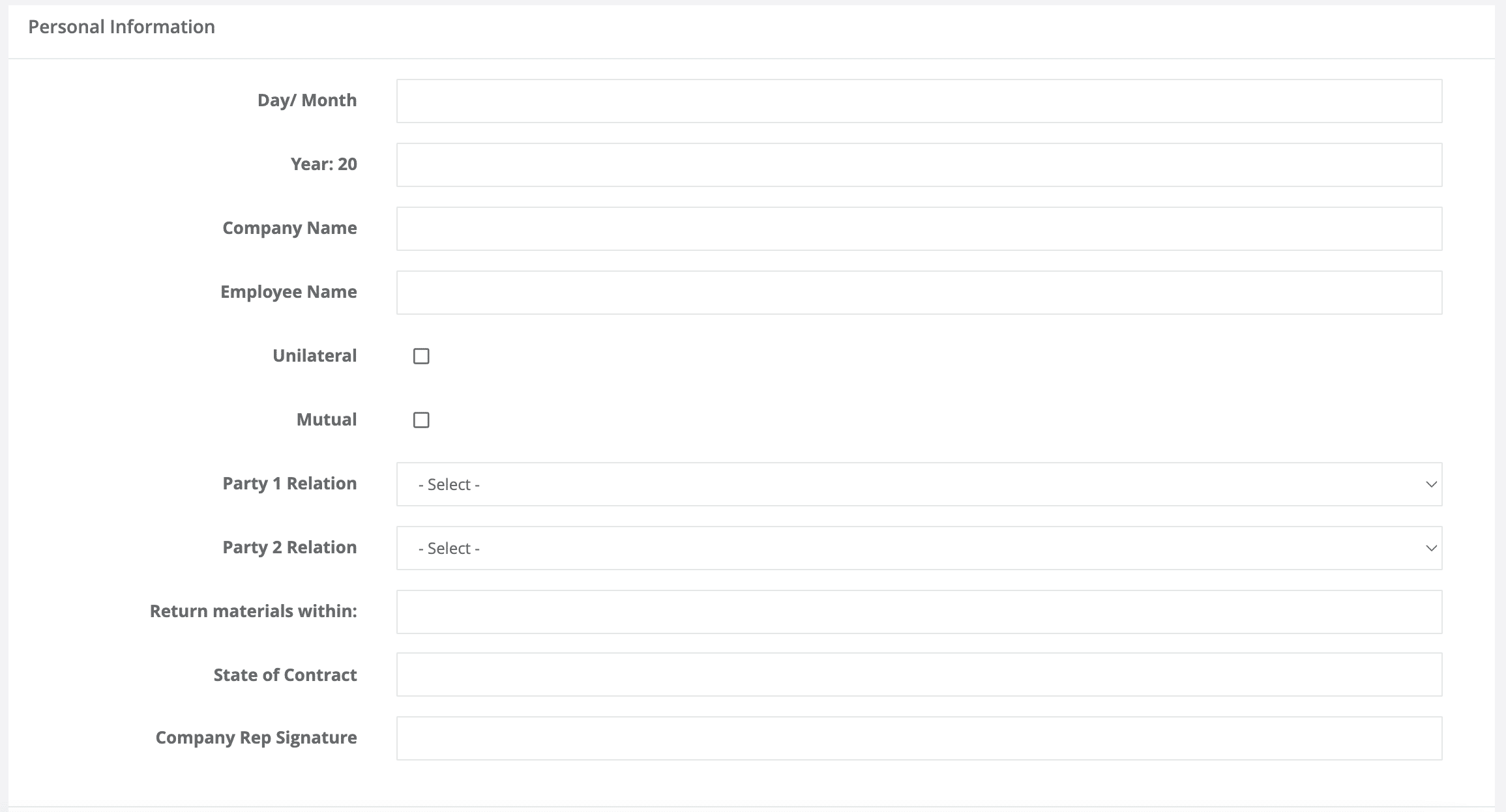
By creating specific dynamic forms, similar to the one above, you can have the information shared with you in a secure way and automatically stored by user profile.
You can create powerful rule based forms and automate a vast number of data entry intensive tasks in minutes.
What are the best HR automation software solutions?
We’ll divide HR automation solution providers into two areas: HR workflow automation and payroll and benefits administration solutions.
HR workflow automation software
+ Virtus Flow
A fully No-Code Digital Process Automation solution that lets you automate the most complex processes completely code free.
From the moment a new hire request is made to the moment that leaves the company.
You can use our HR templates or create yours from scratch.
Virtus Flow is ideal for companies looking to automate not only HR processes but also other LoB’s and connect them end to end.
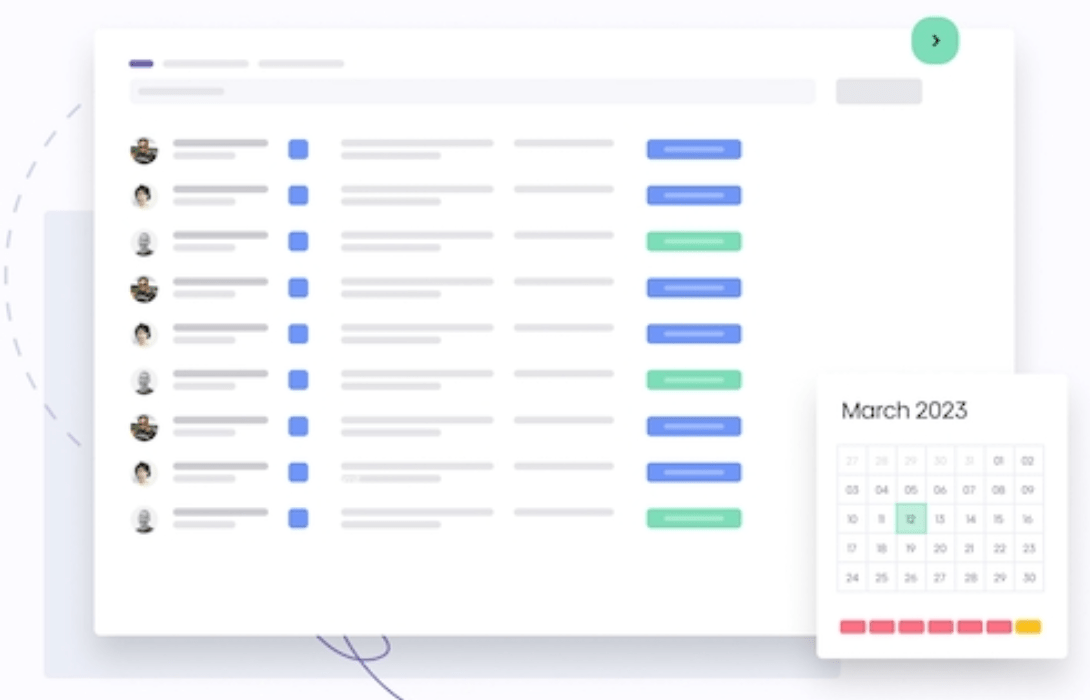
Explore how to streamline your HR processes!
+ HiBob
It lets users create and customize workflows, set reminders, schedule tasks and set task owners, update your workforce’s contact information, view company hierarchies, and take advantage of the eSign feature.
+ BambooHR
Their goal is to help you manage employee data, onboard the best talent, simplify payroll, track hours, manage benefits, and measure employee performance — all through pre-built integrations. Pricing starts at $8.75/month per user.
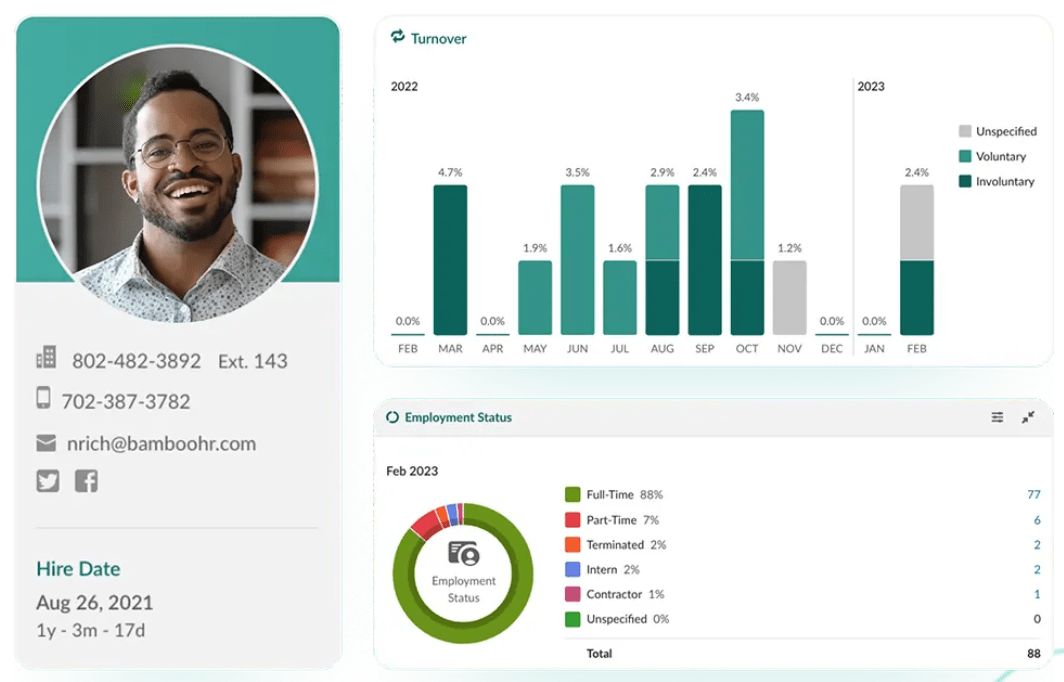
Payroll and benefits management automation tools
+ Paycor
It was built to help HR leaders recruit, manage, pay and develop their people. Their low-tier plan offers your business automated payroll, a mobile app for you and your employees, and custom reporting. It also offers a self-service portal where employees can access important information including pay stubs, W-2s, and benefits information through their mobile phones.
+ Paylocity
This platform simplifies access to benefits credentials, account balances, contribution amounts for employees. They offer tax services, on-demand payments, global payroll, payroll configuration and more.
+ Zenefits
Trinet’s Zenefits allows for HR departments to streamline onboarding, benefits, payroll, PTO, and more with an easy-to-use, intuitive platform. The solution starts as low as $8/month per employee and it offers features like employee management, time off tracking, scheduling, analytics dashboards and more.
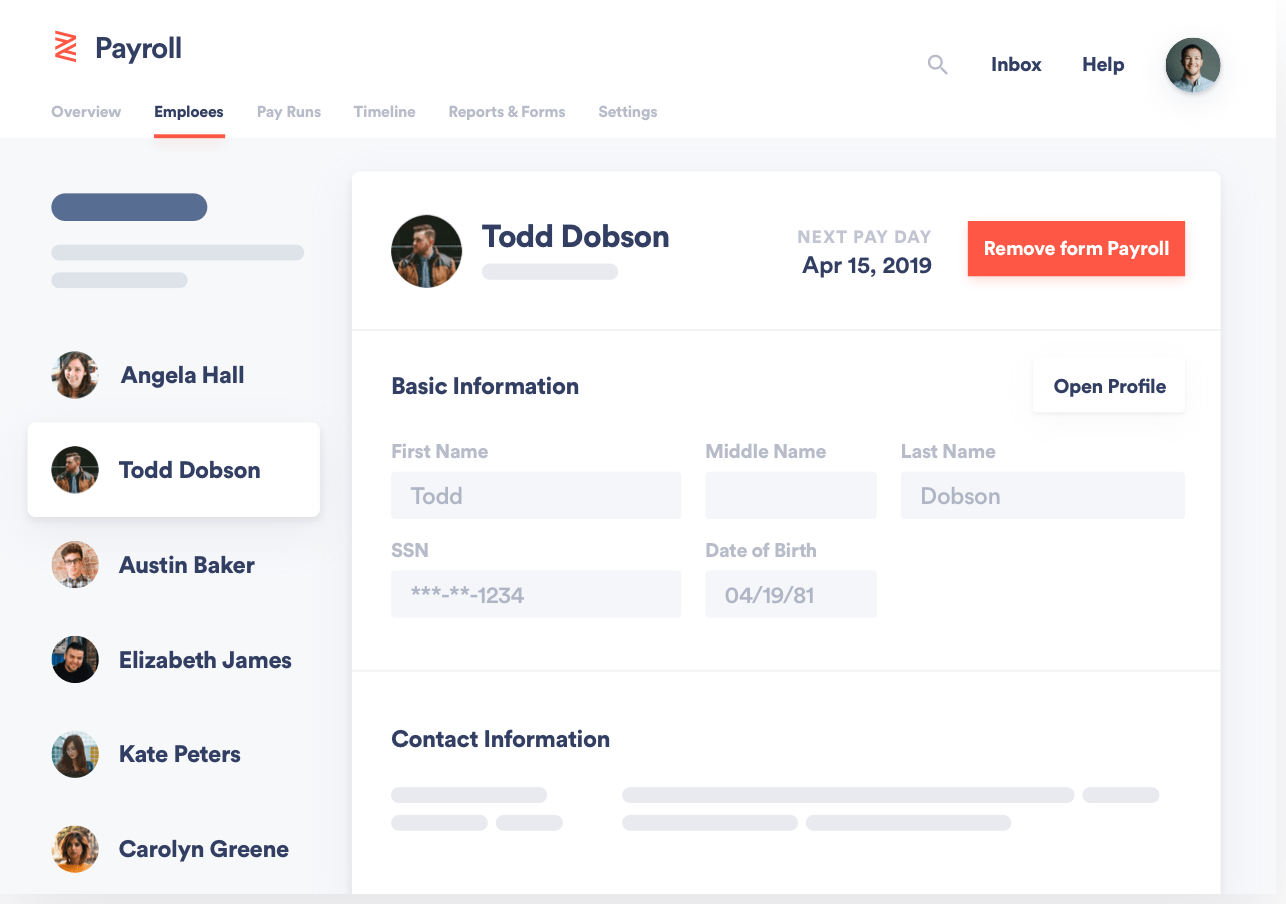
What are the latest trends in HR automation?
The most common trends and changes every HR department should be preparing for are:
1- Streamlined recruiting
Although recruitment makes up only 6% of all HR automations, it has shown the most growth thus far, with a massive increase of 547% year-over-year.
2- Employee experiences are becoming critical
There’s no hiding from the fact that HR teams must create rewarding employee experiences. This goes from recruiting and onboarding to continuous feedback and open channels of communication.
3- Remote and hybrid work is here to stay
HR must stay on top of remote workers’ productivity, continuous forms of digital training, collaboration, and wellness programs.


